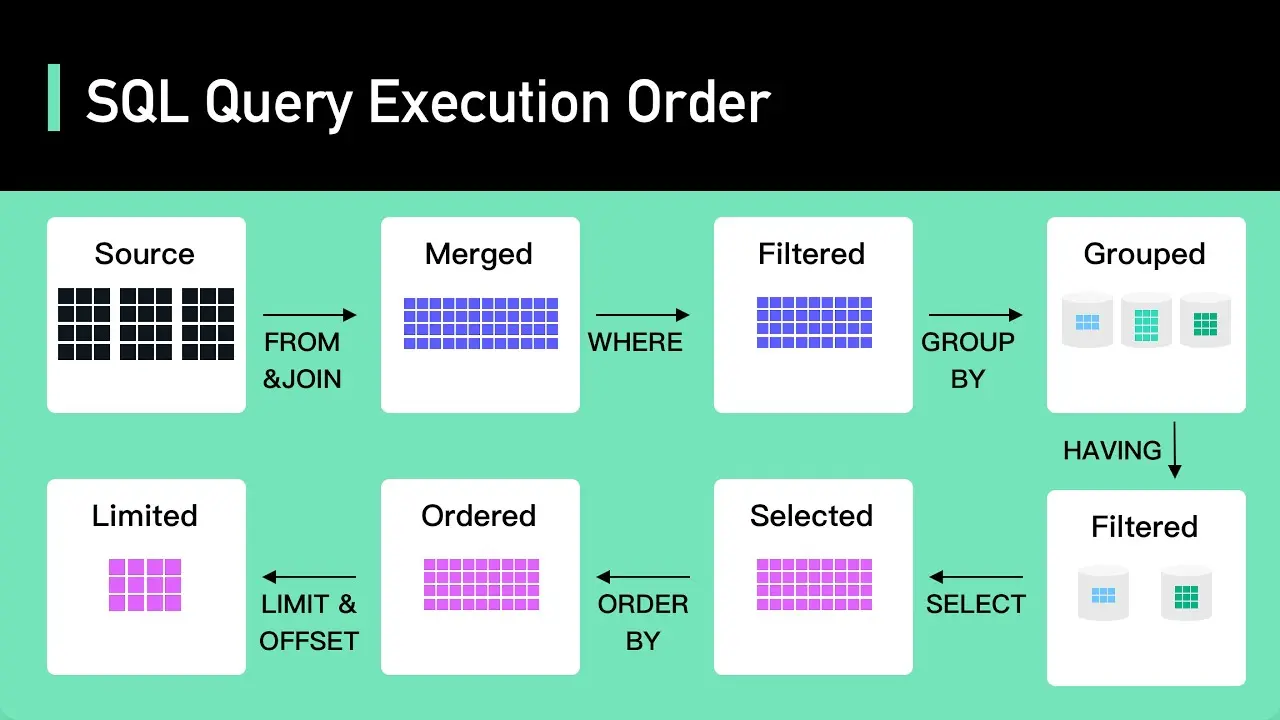What's lurking when you need to paginate?

Offset / Limit
Let’s start with the classic approach that everyone has probably used: Offset / Limit.
SELECT
*
FROM
users
ORDER BY
created_at
LIMIT
20 OFFSET 800;
This seems convenient as you can jump to any page, but it comes at a cost: Offset is expensive. This is because Offset reads all the data first and then discards what’s not needed. This means that Offset is not an offset of the Datasource, but an offset of the Query Result. The more data there is, the more data needs to be accessed and then discarded.

Cursor
Next is using an Index Cursor.
SELECT
*
FROM
users
WHERE
_id > ${last_seen}
ORDER BY
created_at
LIMIT
20;
The advantage of this method is that it jumps to access data at the point indicated by the Index, so no matter how much data there is, it won’t read everything and then discard it. However, the disadvantage is that this method cannot use page-based pagination like the Offset method, but it can use the Index as last_seen, which makes fetching data very fast. This is suitable for infinite scrolling pages.
Offset / Limit + Deferred Joins
Since Offset / Limit is convenient but wasteful, we can reduce the waste by reducing the amount of data discarded by using Deferred Joins.
SELECT
*
FROM
users
INNER JOIN (
SELECT
_id
FROM
users
ORDER BY
created_at
LIMIT
20 OFFSET 800
ORDER BY
created_at;
) AS sub_users USING (_id)
This means we select the index based on the filter to create a subset, and then join it with the actual data only for what we need.